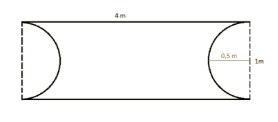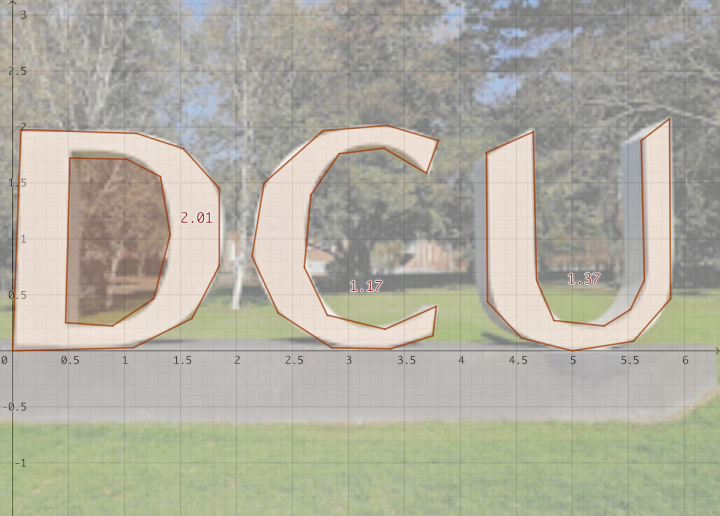Our new task of the week lets us discover Ilmenau in Germany where students of Goetheschule created some MathCityMap tasks. In the following, teacher Stefanie Lutz explains the school project during which the tasks were created.
How and why are you using MathCitaMap?
At Goetheschule Ilmenau, my colleague Dörthe Moll and I offered a four-day project using MCM for students in grades 5 to 7. During this project, the students developed these tasks.
Currently, I am using MCM in my mathematics school club. MCM offers the participants a nice change from and an addition to their usual lessons in mathematics.
What are your experiences using MathCityMap?
MCM is very fun and evokes curiosity and interest within the students regarding mathematics. The final product (the trail) makes them proud and they present it enthusiastically to their friends and family.
Describe your task. How can one solve it?
Completing the task “Der Kirchturm” (engl. “The Church Tower”), you must make use of size comparisons. You either have to carry something with you that enables you to estimate the height of the model of the church or you need to bring a measurement tool. As a next step, you need to use the scale to calculate the height of the church tower. You can also use the height or the length of any other building in the miniature town (if you know it) to estimate the height.
What is the goal of the task? What can students learn from it?
The task’s didactic aim is to use a scale outside of a lesson and to make students recognise an authentic, non-constructed practical use of mathematics in everyday life. Completing the task, it is important to round sensibly so that the measurement error stays as small as possible.











